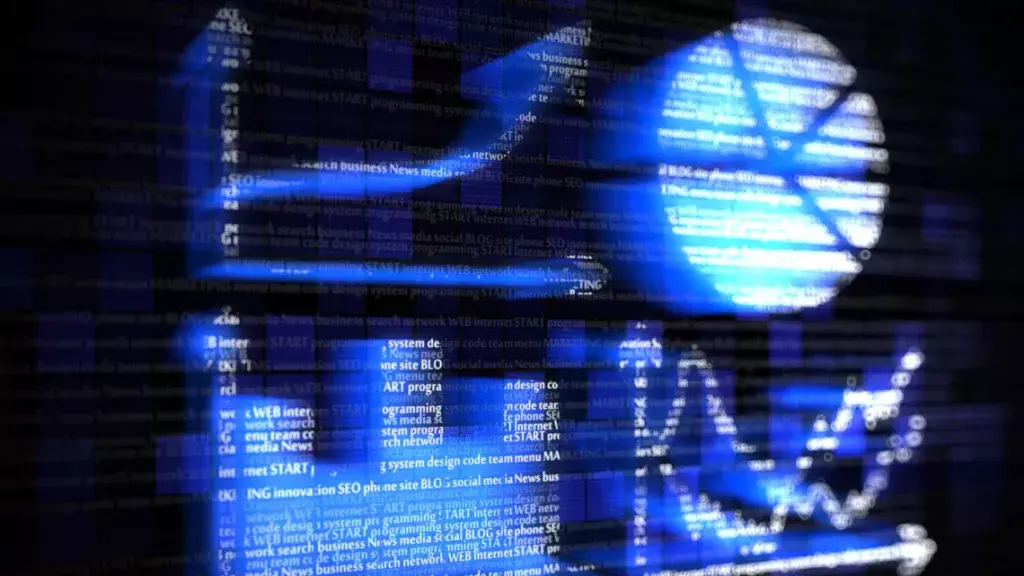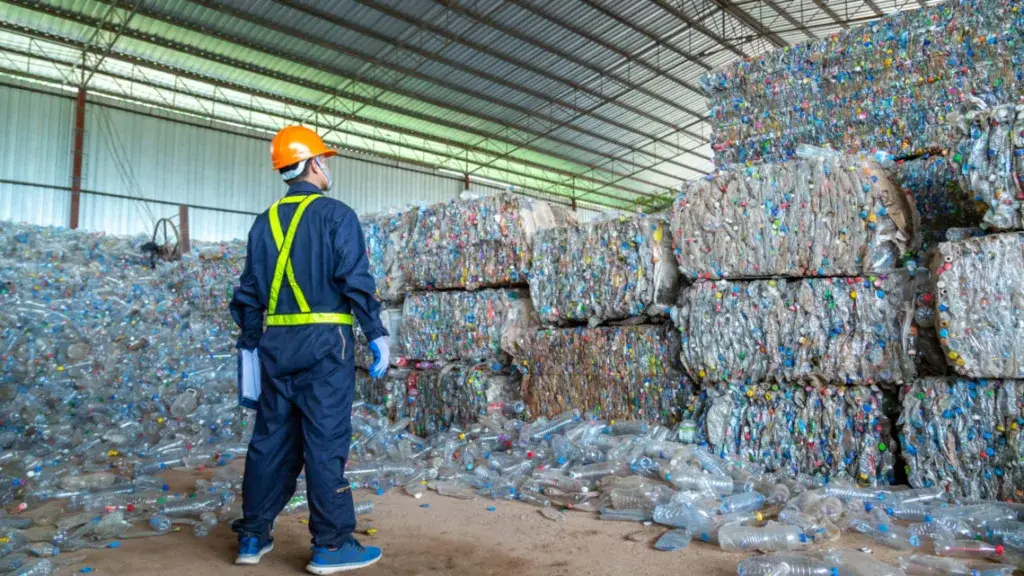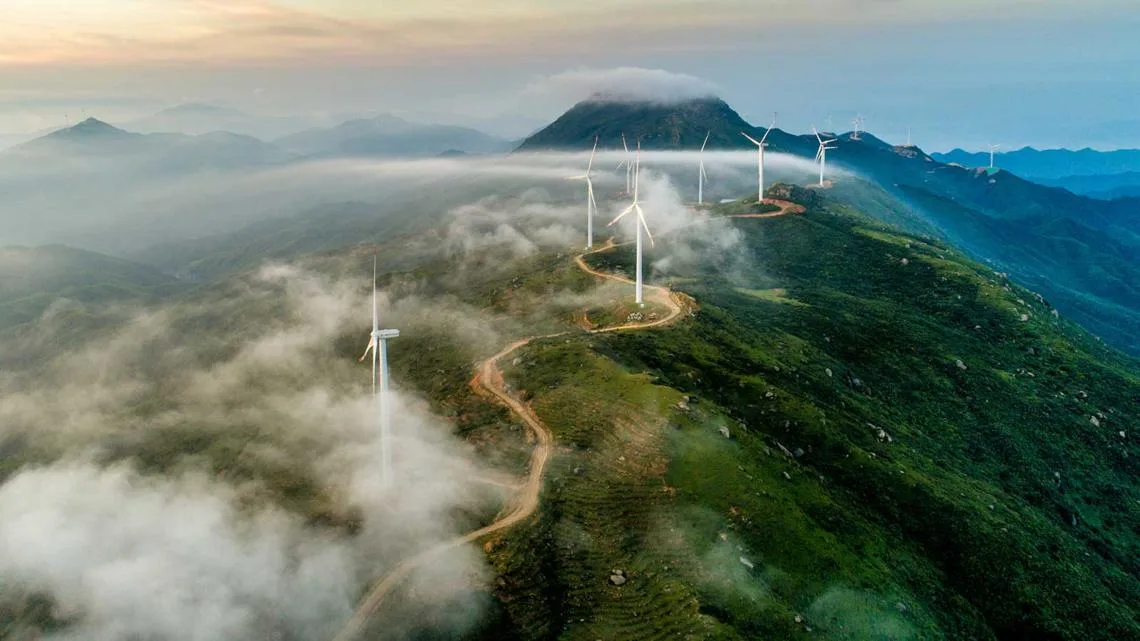Authors
Carolien van Brunschot
The vision of a circular economy has been around since the 1970s, but only in the last few years is the alternative to our typical take-make-waste economic model making its way into company boardroom conversations. With a global economy that is currently 9% circular, forward-thinking businesses are keen to capitalize on the opportunities in the 91% room for improvement. The global business opportunity has been estimated at around USD $4.5 trillion.1
The world’s population, and its demand for raw materials, is growing. However, we are beginning to confront the reality of our resource limits. At the other end of the life cycle, waste and pollution are now an urgent global priority. Global annual waste is expected to grow to 3.4 billion tonnes by 2050 2. Without improvements across the global economy, solid waste–related emissions are anticipated to increase to 2.6 billion tons of CO2 equivalent by 2050, equivalent to one-third of the CO2 released from burning fossil fuels in 2017.
The circular economy presents business with a strategy for identifying business opportunities and mitigating risk. Because the concept rests on the principle of eliminating waste and optimizing resource use, the circular economy also harmonizes economic objectives with environmental ones. The appeal of decoupling economic growth from resource consumption lies in how it harmonizes financial opportunity with a company’s sustainability objectives.
Circular economy principles resonate with the private sector, but at the same time companies find integrating circular practices into business strategy far from straightforward. In a world that is still predominantly linear and where companies are part of complex global value chains, moving to more circular ways of doing business can be challenging if your value chain cannot follow your lead to facilitate this shift.
Another challenge is that there is no consensus approach for how companies can measure their effectiveness in moving towards more circular business models. This makes it a process that is difficult to plan, manage and monitor. How do you know what targets to set? Or where you`re at today? And how would you find out what you`re doing is making any difference?
To address this gap, we convened 26 global companies through Factor10, our flagship circular economy project, to develop the Circular Transition Indicators (CTI). The aim was to develop an objective, quantitative and flexible framework, enabling companies to take a consistent and structured approach to identifying risks and opportunities and prioritizing action. The CTI is simple, comprehensive, complementary to a company’s existing sustainability efforts and applicable to all companies, regardless of their industry, value chain position or geography.
Companies and other enterprises around the world are increasingly moving to a circular model. As loops close, performance improves and priorities evolve, the CTI must be adaptive and responsive. For this reason, we have published the first version of the CTI with the expectation that refreshed versions will be released each year.
Companies of all sizes and from all industries across the globe can follow the CTI framework and work with the CTI Tool to measure their circular performance and demonstrate their commitment to the circular economy.
For that reason, we have also designed a thorough training plan for companies and individuals through webinars and online sessions with the support of KPMG and Circular IQ – the developer of the online tool.
It’s time to evolve circular thinking from isolated pilots and incremental improvements to competitive strategy and business transformation.
1 Lacy, Peter; Rutqvist, Jakob (2015): Waste to Wealth – The Circular Economy Advantage, New York/London: Palgrave Macmillan
2 Based on World Bank’s Waste 2.0: A Global Snapshot of Solid Waste Management to 2050.
The full article was originally published on Envision Magazine Issue 17 Jan – Feb 2020 (A biannual publication of Singapore’s National Environment Agency): https://www.nea.gov.sg
WBCSD news articles and insights may be republished in accordance with the Creative Commons Attribution-NonCommercial-NoDerivatives 4.0 International Public License, and in accordance with our Privacy Policy. All Content must be featured with due credits.
Related
Content

CSRD and circular economy: Navigating sustainability reporting with the Circular Transition Indicators
24 July, 2023

Accelerating the circular economy: WBCSD releases updated circularity metrics to measure climate and nature impact
30 May, 2023

Embedding corporate accountability into the global plastics treaty
26 May, 2023

